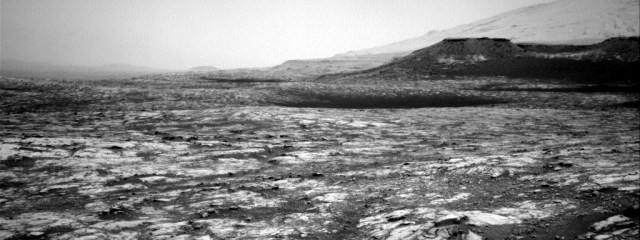Curiosity is concluding its operations in Glasgow with an impressive lineup of science activities on Sunday. Among the highlights are several unique opportunities that will provide valuable insights into Mars’ sand dunes and atmosphere.
The rover will be using Mastcam and Navcam to observe the movement of sand and dust on the Martian surface, giving scientists a better understanding of how these natural features form and erode over time. Additionally, the APXS instrument will be analyzing trace amounts of argon in the Martian atmosphere, which fluctuates due to Mars’ unique climate. This data will help researchers understand seasonal changes on the planet.
In a rare move, Curiosity will also be conducting a ChemCam observation known as a “passive sky.” The instrument will be used to study the atmosphere without its laser, allowing scientists to track changes in gases such as water vapor and dust as the seasons change on Mars. As the rover enters the dusty season on Mars, keeping an eye on the sky will be crucial for detecting any potential storms that may arise.
The team behind Curiosity is thrilled about this opportunity to gather valuable data that will further our understanding of the Martian environment. They look forward to sharing their findings with the scientific community soon.
